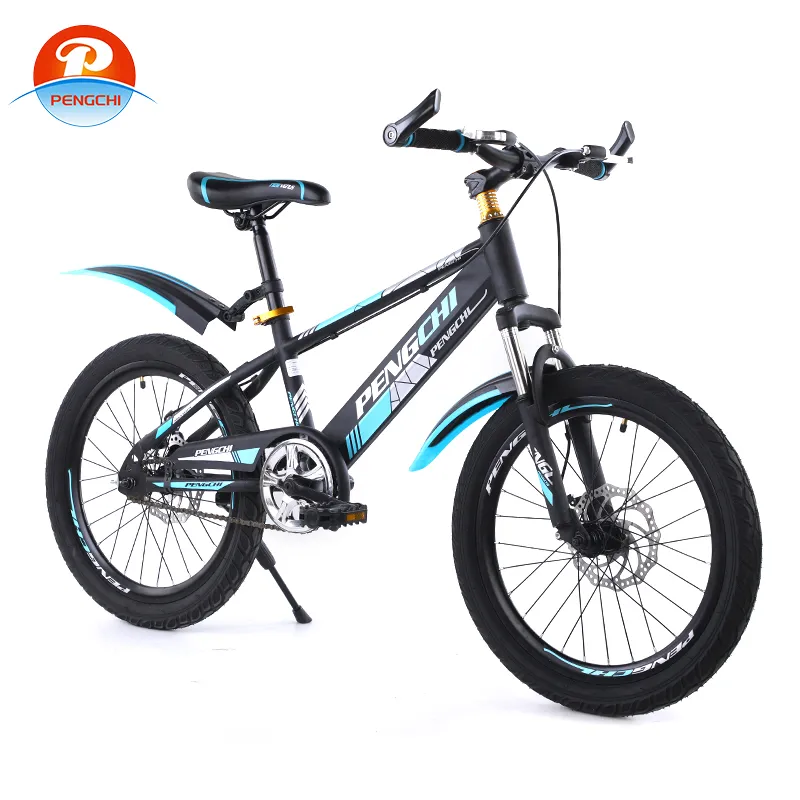
-
 Afrikaans
Afrikaans -
 Arabic
Arabic -
 Belarusian
Belarusian -
 Bengali
Bengali -
 Bulgarian
Bulgarian -
 Croatian
Croatian -
 Czech
Czech -
 Danish
Danish -
 Dutch
Dutch -
 English
English -
 Finnish
Finnish -
 French
French -
 German
German -
 Greek
Greek -
 hawaiian
hawaiian -
 Hebrew
Hebrew -
 Hindi
Hindi -
 Hungarian
Hungarian -
 Indonesian
Indonesian -
 irish
irish -
 Italian
Italian -
 Japanese
Japanese -
 Javanese
Javanese -
 kazakh
kazakh -
 Khmer
Khmer -
 Korean
Korean -
 Kyrgyz
Kyrgyz -
 Lao
Lao -
 Latin
Latin -
 Luxembourgish
Luxembourgish -
 Malay
Malay -
 Myanmar
Myanmar -
 Norwegian
Norwegian -
 Persian
Persian -
 Polish
Polish -
 Portuguese
Portuguese -
 Romanian
Romanian -
 Russian
Russian -
 Serbian
Serbian -
 Slovak
Slovak -
 Somali
Somali -
 Spanish
Spanish -
 Swedish
Swedish -
 Tagalog
Tagalog -
 Thai
Thai -
 Turkish
Turkish -
 Turkmen
Turkmen -
 Ukrainian
Ukrainian -
 Uighur
Uighur -
 Vietnamese
Vietnamese
Oct . 20, 2024 14:36 Back to list
how to choose a full suspension mountain bike
How to Choose a Full Suspension Mountain Bike
Mountain biking is an exhilarating sport that combines adventure, fitness, and the great outdoors. When it comes to hitting the trails, having the right bike is crucial, especially if you opt for a full suspension model. Full suspension mountain bikes, designed with both front and rear shocks, provide an added layer of comfort and control on rough terrain. However, choosing the right one can be daunting given the numerous options available. Here’s a comprehensive guide to help you select the best full suspension mountain bike tailored to your needs.
Understanding Full Suspension
Before diving into specifics, it’s essential to understand what full suspension means. Full suspension bikes employ both a front fork and a rear shock to absorb bumps, making them ideal for rugged trails and downhill terrains. They improve traction, enhance comfort, and allows for a smoother ride over obstacles like rocks and roots. However, bike weight, maintenance, and pedaling efficiency can differ significantly from hardtail models (which have no rear suspension), so it's vital to consider your riding style.
Determine Your Riding Style
The first step in choosing a full suspension mountain bike is to assess your riding style. Do you prefer cross-country trails, aggressive downhill rides, or all-mountain adventures?
- Cross-Country (XC) If speed and efficiency are your priorities, look for a bike with a lightweight frame, shorter travel (generally 90mm to 120mm) for improved climbing, and a geometry suited for pedaling over longer distances. - Trail Riding For versatile riders who enjoy a mix of climbing and descending, opt for a bike with moderate travel (120mm to 150mm) that can tackle various conditions, balancing efficiency and comfort.
- Downhill/Freeride If you thrive on descending and technical obstacles, you’ll want a bike with longer travel (150mm and above). These bikes are built to handle steep descents and rough terrain, focusing on stability and control.
Frame Material
The frame material significantly affects the bike's performance and weight. Common materials include
- Aluminum A popular choice for its affordability, durability, and decent weight. It’s responsive but can transmit more vibration than other options.
- Carbon Fiber Known for being lightweight and offering excellent vibration dampening properties, carbon bikes are often more expensive but provide a premium ride experience.
- Steel Less common for full suspension, steel frames offer excellent durability and ride quality, but they are generally heavier.
how to choose a full suspension mountain bike

Suspension Components
The type of suspension system you choose also matters. Look for reputable brands that offer reliable forks and shocks, such as RockShox, Fox Racing Shox, and Marin. Pay attention to the following aspects
- Travel This refers to how much the suspension compresses. More travel allows for better shock absorption on rough trails but may reduce efficiency on climbs.
- Shock Quality High-quality shocks with adjustable settings for compression and rebound can significantly enhance your riding experience by allowing you to customize the feel based on the terrain.
Geometry and Sizing
Proper fit is critical for comfort and control. Ensure you choose a bike with a geometry that suits your riding style. Longer reach and slacker head angles are ideal for stability on descents, while shorter reach and steeper angles can improve climbing efficiency. It’s also crucial to select a frame size that fits your height and leg length; visiting a local bike shop for a professional fitting can be beneficial.
Budget Considerations
Full suspension mountain bikes come in a wide range of prices. Set a budget and stick to it, but be informed that investing more often means better components, materials, and overall performance. Look for sales, or consider second-hand bikes if you’re looking to save.
Test Rides
Finally, never underestimate the importance of a test ride. Take multiple bikes for a spin to see how they handle and feel. Pay attention to comfort, control, and overall performance. Most bike shops offer rentals or demo days, allowing you to experience different models on your local trails.
Conclusion
Choosing the right full suspension mountain bike is a blend of understanding your riding style, knowing the technical specifications, and getting a feel for what suits you best. By considering these factors, you can find a bike that enhances your mountain biking experience, making every ride more enjoyable and adventurous. Remember, the goal is not just to ride but to have fun while doing it! Happy biking!
-
Premium Titanium Road Bike: Lightweight & Durable
NewsAug.01,2025
-
Red Black BMX Bike with GPT-4-Turbo AI Tech
NewsJul.31,2025
-
New Red Anti-theft E-Bike | Easy Ride City Commuter
NewsJul.31,2025
-
BMX 20 Inch Bikes for Freestyle & Street | Fat Tire Options Available
NewsJul.30,2025
-
322 High Quality 26 Inch 21 Speed Adult Mountain Bike OEM MTB
NewsJul.29,2025
-
Specialized Kids Mountain Bikes - Safe, Durable & Fun Riding Experience
NewsJul.29,2025

